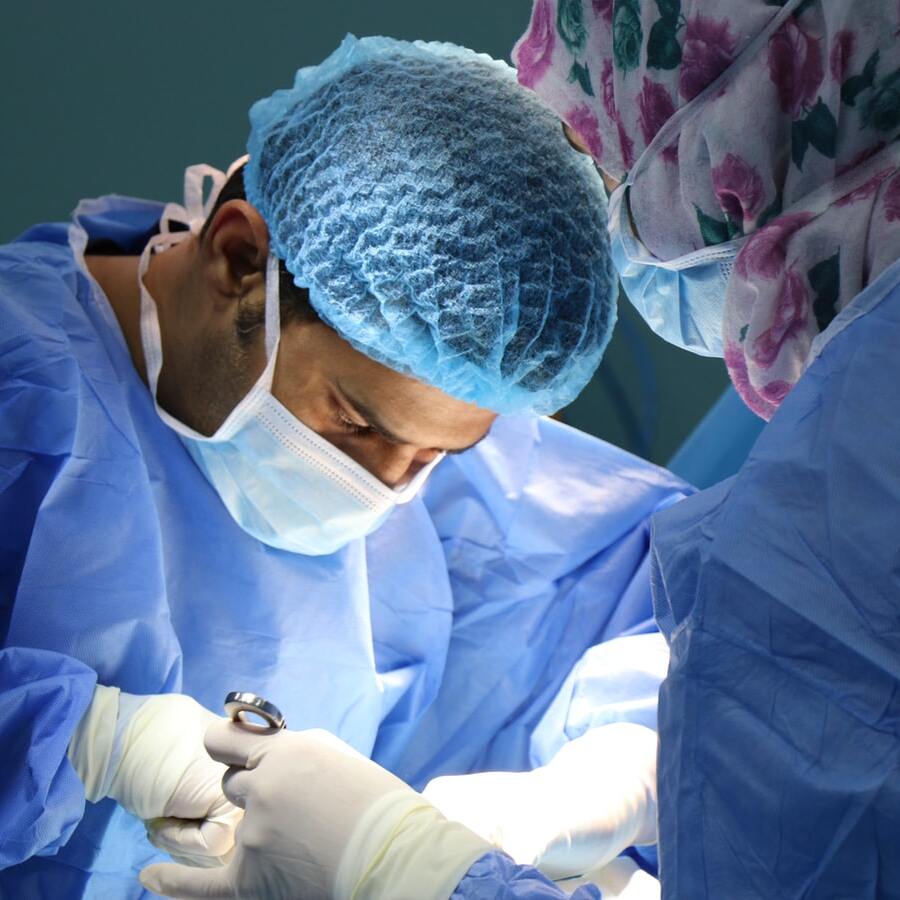Article
Cystoid Macular Edema Prevalent Post-RRD Surgery
Author(s):
Epiretinal membrane and initial detachment of the macula are risk factors for post-operative CME.

A new single-center prospective study confirmed the frequency of cystoid macular edema (CME) as a complication following primary rhegmatogenous retinal detachment (RRD) surgery. The investigators also reported on risk factors associated with post-operative CME.
“According to published reports, postoperative incidence of CME after RRD ,falls within a wide range of 3–43% (Lobes & Grand 1980; Meredith et al. 1980; Ackerman & Topilow 1985; Sabates et al. 1989; Ahmadieh et al. 2005; Benson et al. 2006; Tunc et al. 2007; D’Amico 2008; Benson et al. 2009; Lai et al. 2017),” wrote the investigative team, led by Marie Gebler, of University Medical Center Goettingen, Germany.
“However,” they continued, “these previous studies have varied widely in their study designs, inclusion and exclusion criteria, surgical methods and diagnostic tools.”
As such, Gebler and colleagues assessed DME frequency using spectral domain optical coherence tomography (SD-OCT) in patients who had undergone vitrectomy, scleral buckling, or both procedures.
The Study
Between April 2016-October 2017, they enrolled 150 eyes from 150 patients, all of whom presented with primary RRD.
Patients with a history of vitreoretinal surgery, scheduled vitrectomy combined with cataract surgery, preoperative presentation with any intraocular or systemic inflammatory condition, visible macular oedema or epiretinal membrane (ERM) on funduscopy were excluded from the study.
The investigators thus performed SD-OCT at weeks 3 and 6 following surgery. Pearson’s chi-squared test and logistic regression were used to identify potential risk factors for postoperative CME.
They also used a multivariate analysis with mixed model for repeated measurements in order to assess various parameters on visual outcomes.
Of 150 enrolled patients, 128 completed the study. Further, 107 patients demonstrated retinal detachment at follow-up visits., and 101 attended both visits.
The final, analyzed population of 107 patients consisted of majority males (56.1%) and had a mean age of 61.7 years.
Additionally, the team noted that scleral buckling was the most common procedure (54.2%), followed by vitrectomy (25.2%), and combined procedures (20.6%).
They performed SD-OCT examinations in 99 patients at both follow-up up visits.
Overall, CME occurred in 18.7% of patients, neurosensory detachment in 31.8%, and ERM in 32.7%.
“Based on 107 patients, the true CME incidence is within ±5.65% of the incidence observed in this study at the 95% confidence level, that is between 17.64 and 19.75%,” they indicated.
In terms of risk factors, patients with ERM were more likely to have postoperative CME (42.9% versus 6.9%; P<.001), as were patients with initial detachment of the macula (26.5% versus 11.1%; P = .044).
“None of the parameters such as gender, age, duration of symptoms, lens status, number of retinal holes, presence of a giant retinal tear or retinal dialysis, operation type, retinopexy method and type of endotamponade were revealed as a risk factor for CME,” they wrote.
And finally, Gebler and colleagues found that improvement in best-corrected visual acuity (BCVA) was most notable for patients with an initially detached macula. Patients with CME had improved best-corrected visual acuity (BCVA) compared to those with macula-on RRD surgery at week 6.
“With a rate of 18.7%, we demonstrated that postoperative CME is a frequent complication after RRD surgery. As CME might delay visual recovery in patients with macula-on RRD, SD-OCT is mandatory during postoperative follow-up,” they concluded.
They indicated that future studies are needed to evaluate the risk of postoperative CME as it relates to preoperative macular changes.
The study, “Incidence and risk factors for macular oedema after primary rhegmatogenous retinal detachment surgery: a prospective single-centre study,” was published online in Acta Ophthalmologica.




